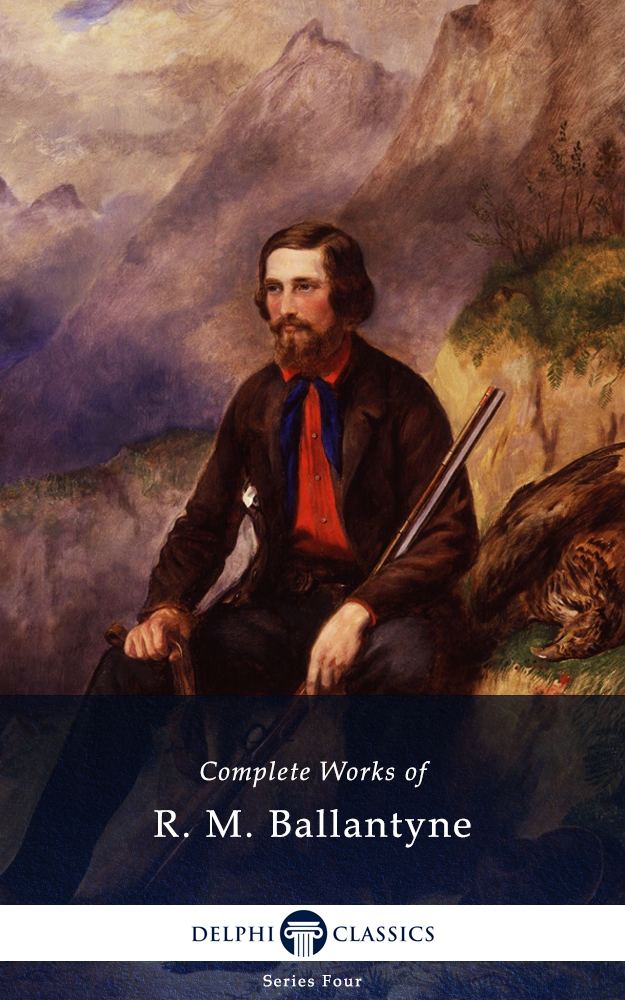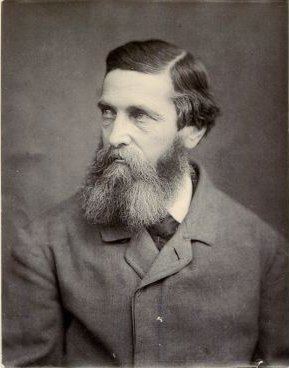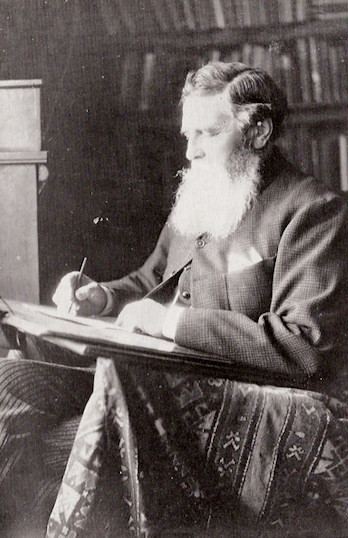Pen name Comus Genre Juvenile fiction Occupation Writer Name R. Ballantyne | Nationality Scottish Role Author Period 19th century | |
 | ||
Born 24 April 1825Edinburgh, Scotland ( 1825-04-24 ) Books The Coral Island, Martin Rattler, The Gorilla Hunters, The Young Fur‑Traders; or - Snowfl, The Dog Crusoe and His Similar People G A Henty, Frederick Marryat, Iain Ballantyne, H Rider Haggard, P C Wren | ||
The coral island full audiobook by r m ballantyne by action adventure fiction
Robert Michael Ballantyne (24 April 1825 – 8 February 1894) was a Scottish author of juvenile fiction who wrote more than 100 books. He was also an accomplished artist, and exhibited some of his water-colours at the Royal Scottish Academy.
Contents
- The coral island full audiobook by r m ballantyne by action adventure fiction
- The madman and the pirate full audiobook by r m ballantyne by action adventure fiction
- Early life
- Writing career
- Later life and death
- Legacy
- References

The madman and the pirate full audiobook by r m ballantyne by action adventure fiction
Early life

Ballantyne was born in Edinburgh on 24 April 1825, the ninth of ten children and the youngest son, to Alexander Thomson Ballantyne (1776–1847) and his wife Anne (1786–1855). Alexander was a newspaper editor and printer in the family firm of "Ballantyne & Co" based at Paul's Works on the Canongate, and Robert's uncle James Ballantyne (1772–1833) was the printer for Scottish author Sir Walter Scott. In 1832-33 the family is known to have been living at 20 Fettes Row, in the northern New Town of Edinburgh. A UK-wide banking crisis in 1825 resulted in the collapse of the Ballantyne printing business the following year with debts of £130,000, which led to a decline in the family's fortunes.
Ballantyne went to Canada aged 16, and spent five years working for the Hudson's Bay Company. He traded with the local Native Americans for furs, which required him to travel by canoe and sleigh to the areas occupied by the modern-day provinces of Manitoba, Ontario, and Quebec, experiences that formed the basis of his novel Snowflakes and Sunbeams (1856). His longing for family and home during that period impressed him to start writing letters to his mother. Ballantyne recalled in his autobiographical Personal Reminiscences in Book Making (1893) that "To this long-letter writing I attribute whatever small amount of facility in composition I may have acquired."
Writing career
In 1847 Ballantyne returned to Scotland to discover that his father had died. He published his first book the following year, Hudson's Bay: or, Life in the Wilds of North America, and for some time was employed by the publishers Messrs Constable. In 1856 he gave up business to focus on his literary career, and began the series of adventure stories for the young with which his name is popularly associated.
The Young Fur-Traders (1856), The Coral Island (1857), The World of Ice (1859), Ungava: a Tale of Eskimo Land (1857), The Dog Crusoe (1860), The Lighthouse (1865), Fighting the Whales (1866), Deep Down (1868), The Pirate City (1874), Erling the Bold (1869), The Settler and the Savage (1877), and more than 100 other books followed in regular succession, his rule being in every case to write as far as possible from personal knowledge of the scenes he described.
The Coral Island is the most popular of Ballantyne's novels still read and remembered today, but because of one mistake he made in that book, in which he gave an incorrect thickness of coconut shells, he subsequently attempted to gain first-hand knowledge of his subject matter. For instance, he spent some time living with the lighthouse keepers at the Bell Rock before writing The Lighthouse, and while researching for Deep Down he spent time with the tin miners of Cornwall.
In 1866 Ballantyne married Jane Grant (c. 1845 – c. 1924), with whom he had three sons and three daughters.
Later life and death
Ballantyne spent his later years in Harrow, London, before moving to Italy for the sake of his health, possibly suffering from undiagnosed Ménière's disease. He died in Rome on 8 February 1894.
Legacy
A Greater London Council plaque commemorates Ballantyne at "Duneaves" on Mount Park Road in Harrow.
One of the young men influenced by Ballantyne was Robert Louis Stevenson (1850–94). He was so impressed with the story of The Coral Island (1857) that he based portions of his famous book Treasure Island (1881) on themes found in Ballantyne. He honoured Ballantyne in the introduction to Treasure Island with the following poem:
